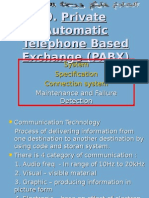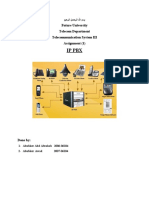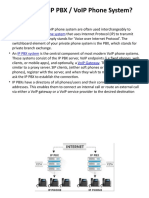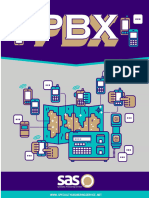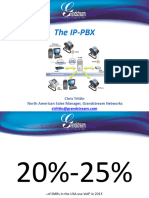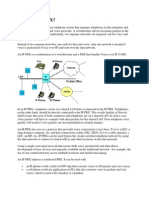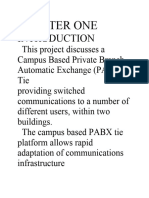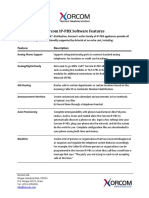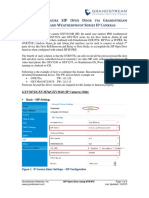0% found this document useful (0 votes)
51 views24 pages2017 Course Prog
The PABX Fundamentals course offers a comprehensive overview of Private Branch Exchange (PBX) systems, focusing on their functions, advantages, and integration with technologies like VoIP and CTI. Students will learn about various types of PBX systems, including analog, digital, and hybrid systems, as well as networking protocols and safety instructions for installation. The course is designed for professionals in telecommunications and related fields who aim to understand and evaluate PBX products and technologies.
Uploaded by
HAMIDOU OUMAROUCopyright
© © All Rights Reserved
We take content rights seriously. If you suspect this is your content, claim it here.
Available Formats
Download as PDF, TXT or read online on Scribd
0% found this document useful (0 votes)
51 views24 pages2017 Course Prog
The PABX Fundamentals course offers a comprehensive overview of Private Branch Exchange (PBX) systems, focusing on their functions, advantages, and integration with technologies like VoIP and CTI. Students will learn about various types of PBX systems, including analog, digital, and hybrid systems, as well as networking protocols and safety instructions for installation. The course is designed for professionals in telecommunications and related fields who aim to understand and evaluate PBX products and technologies.
Uploaded by
HAMIDOU OUMAROUCopyright
© © All Rights Reserved
We take content rights seriously. If you suspect this is your content, claim it here.
Available Formats
Download as PDF, TXT or read online on Scribd
/ 24


